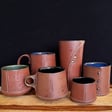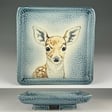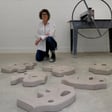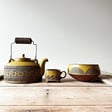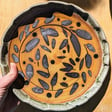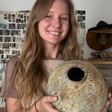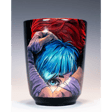
Building Your Pottery Brand: Ana Leal’s Advice for Artists
In this episode of Shaping Pottery, Ana Leal shares her journey to becoming a successful potter, starting from accidental encounters with clay to becoming a featured artist in prominent galleries. Her advice for aspiring potters includes pursuing what you are passionate about, the importance of self-promotion, engaging with potential galleries, and continuously learning through videos, workshops, and conferences. Ana also discusses the various techniques she uses in her work, combining functionality with sculptural elements, and shares insights on how her past career in 3D CAD design has contributed to her artistic growth. Finally, she offers invaluable tips for potters seeking to discover their unique voice and gain visibility for their work. You can learn more about Ana by checking out her instagram https://www.instagram.com/analealpottery/
Want a fast track to finding your own Artistic Identity with your pottery come join the clay games community click here to join https://shapingyourpottery.ck.page/products/the-clay-games-community
00:00 Introduction and Key to Pottery Success 01:00 Ana's Journey into Pottery 05:04 Showcasing Work in Galleries 12:15 Exploring Pottery Techniques 23:33 Becoming a Full-Time Potter 30:23 Finding Your Unique Voice 38:13 Conclusion and Final Thoughts

